The data comes as no surprise, with Reuters-polled economists correctly predicting the 0.3% fall in GDP.
The Australian Bureau of Statistics (ABS) revealed growth slowed to 1.4% for the year, and ABS Chief economist Bruce Hockman said it was the slowest growth in over a decade.
“This was the slowest through-the-year growth since September 2009 when Australia was in the midst of the Global Financial Crisis and captures just the beginning of the expected economic effects of COVID-19," Mr Hockman said.
With the next quarter certain to be negative, given it will reveal the full fallout from social distancing and economic hibernation due to the pandemic, Australia looks set to enter a recession.
Need somewhere to store cash and earn interest? The table below features introductory savings accounts with some of the highest interest rates on the market.
Provider | |||||||||||||
|---|---|---|---|---|---|---|---|---|---|---|---|---|---|
| 4 | 0 | 0 | $product[$field["value"]] | $product[$field["value"]] | $product[$field["value"]] | More details | |||||||
Savings Accelerator
| |||||||||||||
Disclosure | |||||||||||||
Savings Accelerator
Disclosure
| |||||||||||||
| 4 | 0 | 0 | 1 | $product[$field["value"]] | $product[$field["value"]] | $product[$field["value"]] | More details | ||||||
| FEATURED | High Interest Savings Account (<$250k)
| ||||||||||||
Disclosure | |||||||||||||
High Interest Savings Account (<$250k)
Disclosure
| |||||||||||||
| 0 | 0 | 0 | $product[$field["value"]] | $product[$field["value"]] | $product[$field["value"]] | More details | |||||||
| FEATURED*Score $20 using code SWIPE20 | Save Account
| ||||||||||||
Disclosure | |||||||||||||
Save Account
Disclosure
| |||||||||||||
| 0 | 1000 | 0 | $product[$field["value"]] | $product[$field["value"]] | $product[$field["value"]] | More details | |||||||
| FEATURED | Savings Maximiser
| ||||||||||||
Disclosure | |||||||||||||
Savings Maximiser
Disclosure
| |||||||||||||
| 4 | 0 | 0 | 0 | $product[$field["value"]] | $product[$field["value"]] | $product[$field["value"]] | More details | ||||||
Hi Saver | |||||||||||||
| 4 | 0 | 0 | 0 | $product[$field["value"]] | $product[$field["value"]] | $product[$field["value"]] | More details | ||||||
Bonus Saver | |||||||||||||
| 4 | 0 | 0 | 1 | $product[$field["value"]] | $product[$field["value"]] | $product[$field["value"]] | More details | ||||||
Online Saver | |||||||||||||
| 0 | 0 | 1 | $product[$field["value"]] | $product[$field["value"]] | $product[$field["value"]] | More details | |||||||
Up Saver Account | |||||||||||||
| 0 | 0 | $product[$field["value"]] | $product[$field["value"]] | $product[$field["value"]] | More details | ||||||||
Qsaver | |||||||||||||
| 0 | 100 | 1 | $product[$field["value"]] | $product[$field["value"]] | $product[$field["value"]] | More details | |||||||
Bonus Saver Account | |||||||||||||
| 0 | 100 | 0 | $product[$field["value"]] | $product[$field["value"]] | $product[$field["value"]] | More details | |||||||
Bonus Saver | |||||||||||||
| 3 | 0 | 0 | 0 | $product[$field["value"]] | $product[$field["value"]] | $product[$field["value"]] | More details | ||||||
Maxi Saver | |||||||||||||
| 0 | 100 | 1 | $product[$field["value"]] | $product[$field["value"]] | $product[$field["value"]] | More details | |||||||
Bonus Saver Account | |||||||||||||
| 4 | 0 | 0 | 1 | $product[$field["value"]] | $product[$field["value"]] | $product[$field["value"]] | More details | ||||||
Netsave Account | |||||||||||||
| 0 | 200 | 1 | $product[$field["value"]] | $product[$field["value"]] | $product[$field["value"]] | More details | |||||||
Growth Saver | |||||||||||||
| 4 | 0 | 0 | $product[$field["value"]] | $product[$field["value"]] | $product[$field["value"]] | More details | |||||||
Simple Saver | |||||||||||||
| 0 | 1000 | $product[$field["value"]] | $product[$field["value"]] | $product[$field["value"]] | More details | ||||||||
Virgin Money Boost Saver | |||||||||||||
| 0 | 2000 | 0 | $product[$field["value"]] | $product[$field["value"]] | $product[$field["value"]] | More details | |||||||
HomeME Savings Account (<$100k) | |||||||||||||
| 0 | 200 | 0 | $product[$field["value"]] | $product[$field["value"]] | $product[$field["value"]] | More details | |||||||
Online Savings - Premium Saver | |||||||||||||
| 0 | 10 | 0 | $product[$field["value"]] | $product[$field["value"]] | $product[$field["value"]] | More details | |||||||
mySaver | |||||||||||||

- Bonus variable rate for the first 4 months on balances up to $250k and high variable ongoing rates.
- No fees and no monthly requirements to earn interest.
- Easily open an account online in 3 minutes.
The economy was impacted by a number of significant events in the March quarter, starting with bushfires and other natural disasters, followed by the outbreak of COVID-19 and the subsequent restrictions.
The government responded with the introduction of economic stimulus and support packages, in the form of one off payments and the JobKeeper and Jobseeker programs.
The household saving to income ratio rose to 5.5% from 3.5% and could spike majorly in the coming quarter.
In the December 2008 quarter at the height of the Global Financial Crisis (GFC), it surged as high as 10.9%.
Household consumption decreased by 1.1% in the March quarter and 0.2% through the year, the first time falls have been seen in household consumption since the GFC.
Spending on services fell significantly, particularly where restrictions impacted most severely, such as air transport services, hotels, cafes and restaurants, recreation and culture.
Spending on goods rose, most notably in food and pharmaceuticals, as households prepared for the introduction of restrictions.
Western Australia, Tasmania and the Australian Capital Territory were the only states and territories to record positive growth, while New South Wales experienced the sharpest fall at 1.5%.
Despite the disappointing figures, IFM economist Alex Joiner said Australia was faring far better than other countries.
The decline in Australian GDP seems relatively modest compared to most other economies - while lockdowns etc occurred at different times we also had devastating bushfires interrupting activity as well - they are not great numbers but they seemingly could have been worse! #ausbiz pic.twitter.com/1lqZv9qguN
— Alex Joiner (@IFM_Economist) June 3, 2020
The calm before the storm
NAB economists were positive prior to the release of the ABS figures, forecasting just a 0.1% fall in growth.
They were less positive about what comes next, suggesting Wednesday's figures would be dwarfed by a massive fall in Q2 of 2020.
"Looking forward, we expect a large fall in output in Q2 of around 8.5% followed by return to growth in Q3 and a more substantial rebound in activity in Q4," they said.
"We think it is unlikely that the level of activity will fully recover to pre-COVID levels before mid-2022.
"In year-average terms, this sees GDP decline by 4.3% this year before rising by over 4% in 2021."
NAB economists said the Australian economy looked to have entered a downturn of unprecedented speed and magnitude, evidenced clearly in the labour market.
"We expect that the unemployment rate will rise to over 10% by year’s end and then partially recover in 2021, remaining above 7% reflecting the delayed recovery in the level of activity."
They added key risks to their forecast would be a second wave and a retriggering of containment measures, as well as the ongoing impacts to businesses and consumers.
"Should confidence remain depressed, it is likely that the recovery could be more protracted," NAB economists said.
"Against that, the unprecedented, front-loaded support by policy-makers will assist both households and business to recover more quickly than in previous downturns.
"Structurally, slowing population growth based on a fall in migration presents a risk to both the demand and supply side of the economy as well."




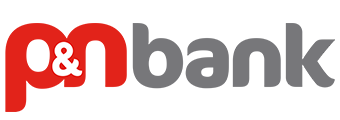
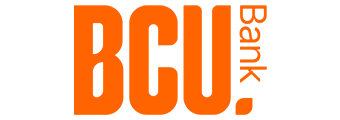
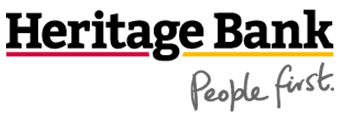

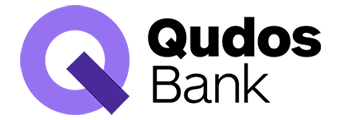
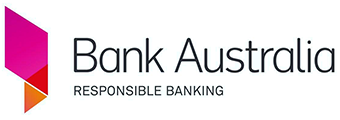
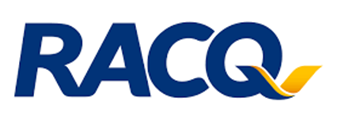
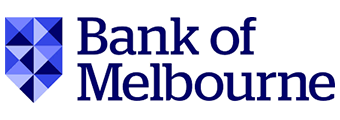
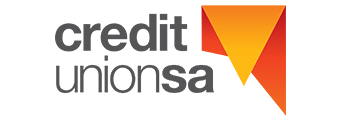


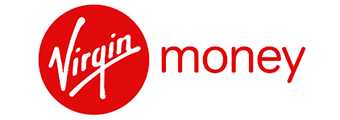
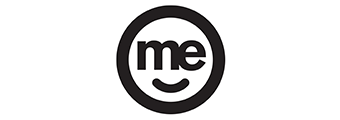
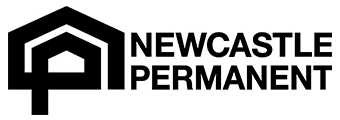

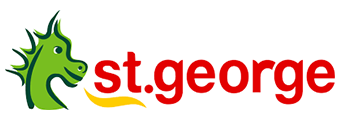
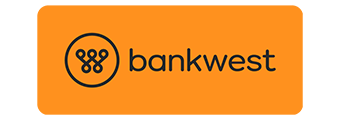
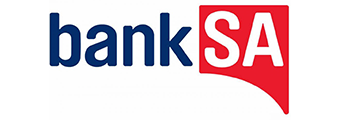


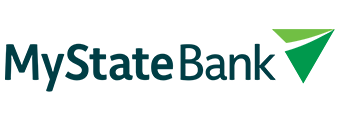
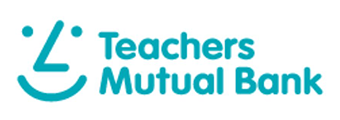
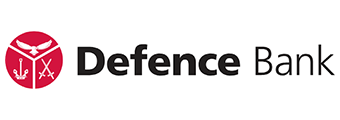

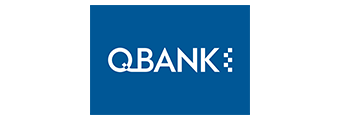

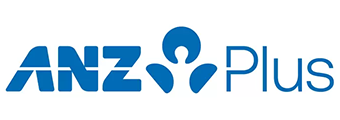
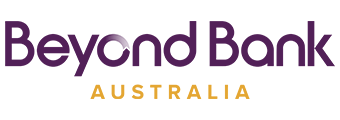
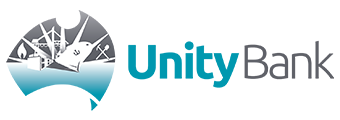

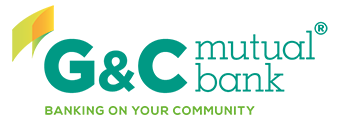



 Denise Raward
Denise Raward


 William Jolly
William Jolly
 Emma Duffy
Emma Duffy

